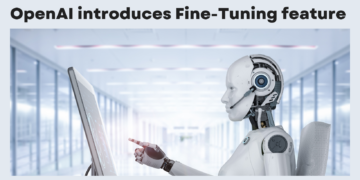Technical Debt and the need for a Composable Enterprise
Consider a situation where a company decides to implement a ‘shortcut’ as a solution to a current work problem. It is more than likely that this will disrupt work in the future. The company will now have to put in more work and money than finding a solution in the earlier stage. The costs of technical debt are a direct result of extended deadlines, which causes a piling up of work. In other words, the company is incurring debt for using a shortcut. When a company incurs costs due to amending process flows caused by implementing improper solutions is technical debt.
Technical debt can cause serious problems because organizations are fully equipped with tools that only provide point solutions. They do not offer a platform for an organization to fill the gap between them. Processes are distributed across systems; integrating those systems is only possible if they are open to modulation. Unfortunately, companies tend to only focus on solving problems that are apparent and choose solutions that are not economically draining. Since the gaps do not pose an immediate threat, they might keep manually shifting between processes. This invites technical debt to pile up and demand interest in the future.
Instead of seamlessly navigating their systems, employees will have to focus on finding their way across systems. This might not cause an immediate problem, but as technical debt accumulates, so will the time to efficiently execute processes. Given that the walkaround system is manual, projects get delayed, incurring more costs to the company than choosing an effective solution would ever have.
The concept of a composable enterprise, coined by Gartner, arose as a solution to technical debt. The idea behind it is to build an enterprise with certain building blocks that can be modified. The organization’s foundation will be flexible, allowing users to make changes as and when required. The flexibility of building blocks enables the organization to configure and also reconfigure the components easily.
Application and Benefits of a Composable Enterprise
A composable enterprise is enabled by Packaged Business Capabilities (PBCs). PBCs are highly modifiable and small applications that serve a particular function but are not limited to that. They can perform certain tasks and act as a service while creating a more significant experience for the user.
APIs, microservices, containers, and low-code development platforms can also support a composable enterprise. The most important advantage of a composable enterprise is agility. Companies can catch up with any changes in trends or demands as quickly as possible. Each organization has its own needs and requires a properly customizable platform to provide impeccable service. This also mandates tiny changes and tweaks that are unique to an organization. A composable enterprise is built for precisely that, as customized services and platforms come with the job description



























